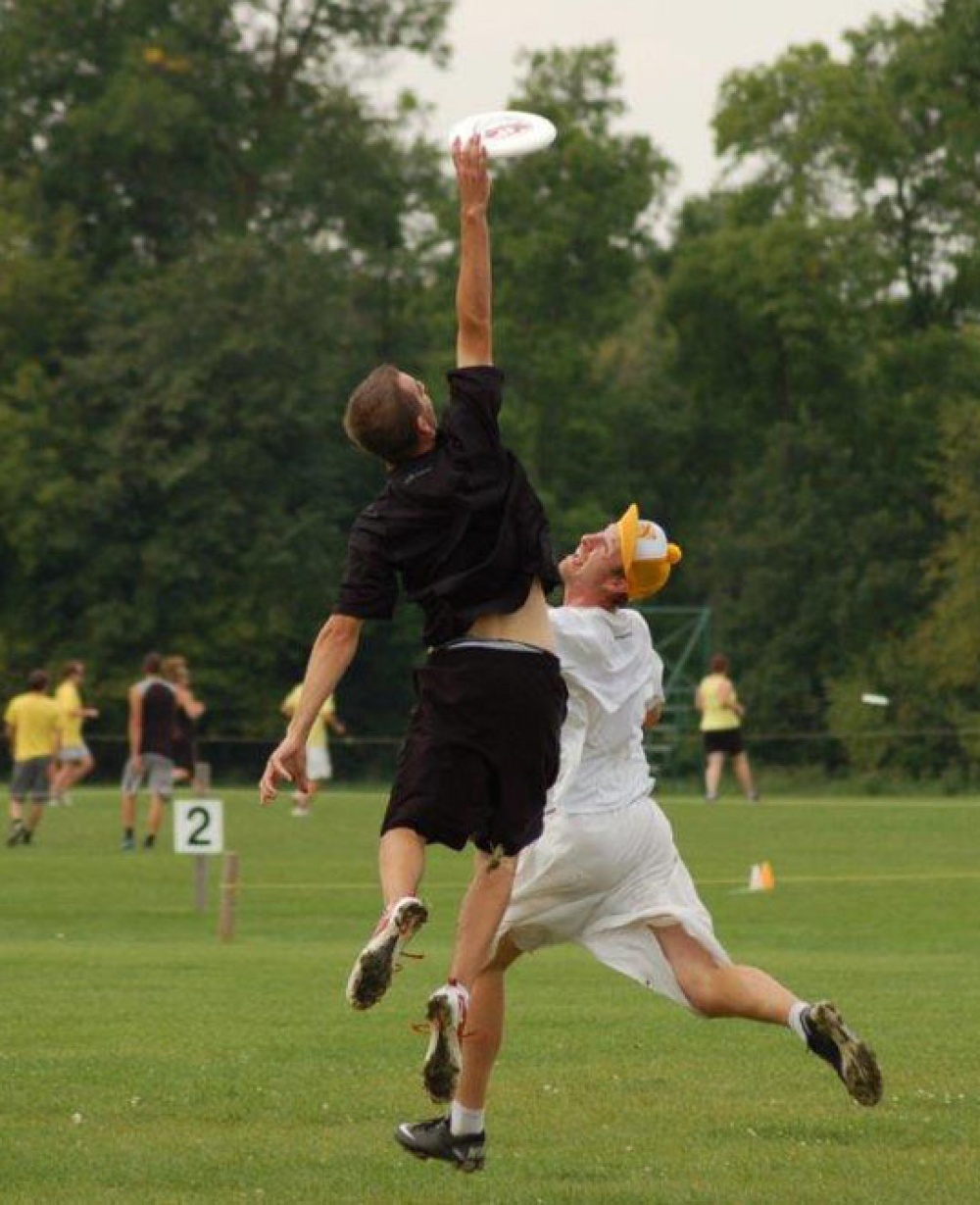Game-On!
Cart0Login

Ultimate was created in 1968 by students at Columbia High School in Maplewood New Jersey. Although it’s similar to traditional sports athletically, ultimate’s unique in that the game is self-officiated. This concept, called Spirit of the Game, is at the core of the game and puts the responsibility for governance and fair play on players rather than referees.
It’s a non-contact game played by two teams on a field with end zones. Using a flying disc, the object of the game is to score by catching a pass in the opponent’s end zone. When a player is in possession of the disc, they must stop running but may pivot and pass to other players on the field. The game moves quickly, turning from offense to defense when a pass is dropped, intercepted, or out of bounds, and if a player is caught holding the disc for more than 10 seconds.
It’s estimated that ultimate is played in more than 80 countries by 7-million people.

Thanks to Ultimate Canada and USA Ultimate for keeping the rules for the sport current and easy to understand.
Steve Courlang, UPA Juniors Director - Copyright © Ultimate Players Association, 1993
1. The Field: A rectangular shape with endzones at each end. A regulation field is 70 yards by 40 yards, with endzones 20 yards deep.
2. Initiate Play: Each point begins with both teams lining up on the front of their respective endzone line. The defense throws ("pulls") the disc to the offense. A regulation game has seven players per team.
3. Scoring: Each time the offense completes a pass in the defense's endzone, the offense scores a point. Play is initiated after each score.
4. Movement of the Disc: The disc may be advanced in any direction by completing a pass to a teammate. Players may not run with the disc. The person with the disc ("thrower") has ten seconds to throw the disc. The defender guarding the thrower ("marker") counts out the stall count.
5. Change of possession: When a pass in not completed (e.g. out of bounds, drop, block, interception), the defense immediately takes possession of the disc and becomes the offense.
6. Substitutions: Players not in the game may replace players in the game after a score and during an injury timeout.
7. Non-contact: No physical contact is allowed between players. Picks and screens are also prohibited. A foul occurs when contact is made.
8. Fouls: When a player initiates contact on another player a foul occurs. When a foul disrupts possession, the play resumes as if the possession was retained. If the player committing the foul disagrees with the foul call, the play is redone.
9. Self-Refereeing: Players are responsible for their own foul and line calls. Players resolve their own disputes.
10. Spirit of the Game: Ultimate stresses sportsmanship and fair play. Competitive play is encouraged, but never at the expense of respect between players, adherence to the rules, and the basic joy of play.